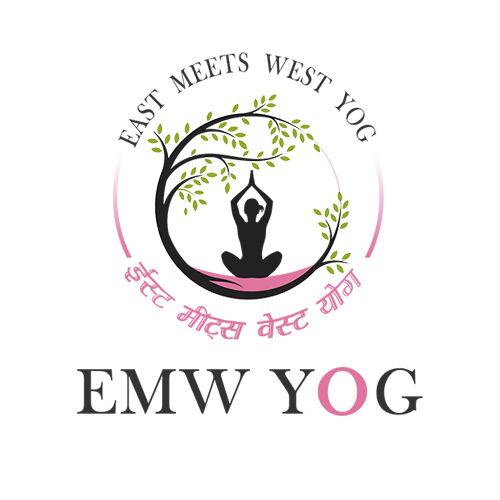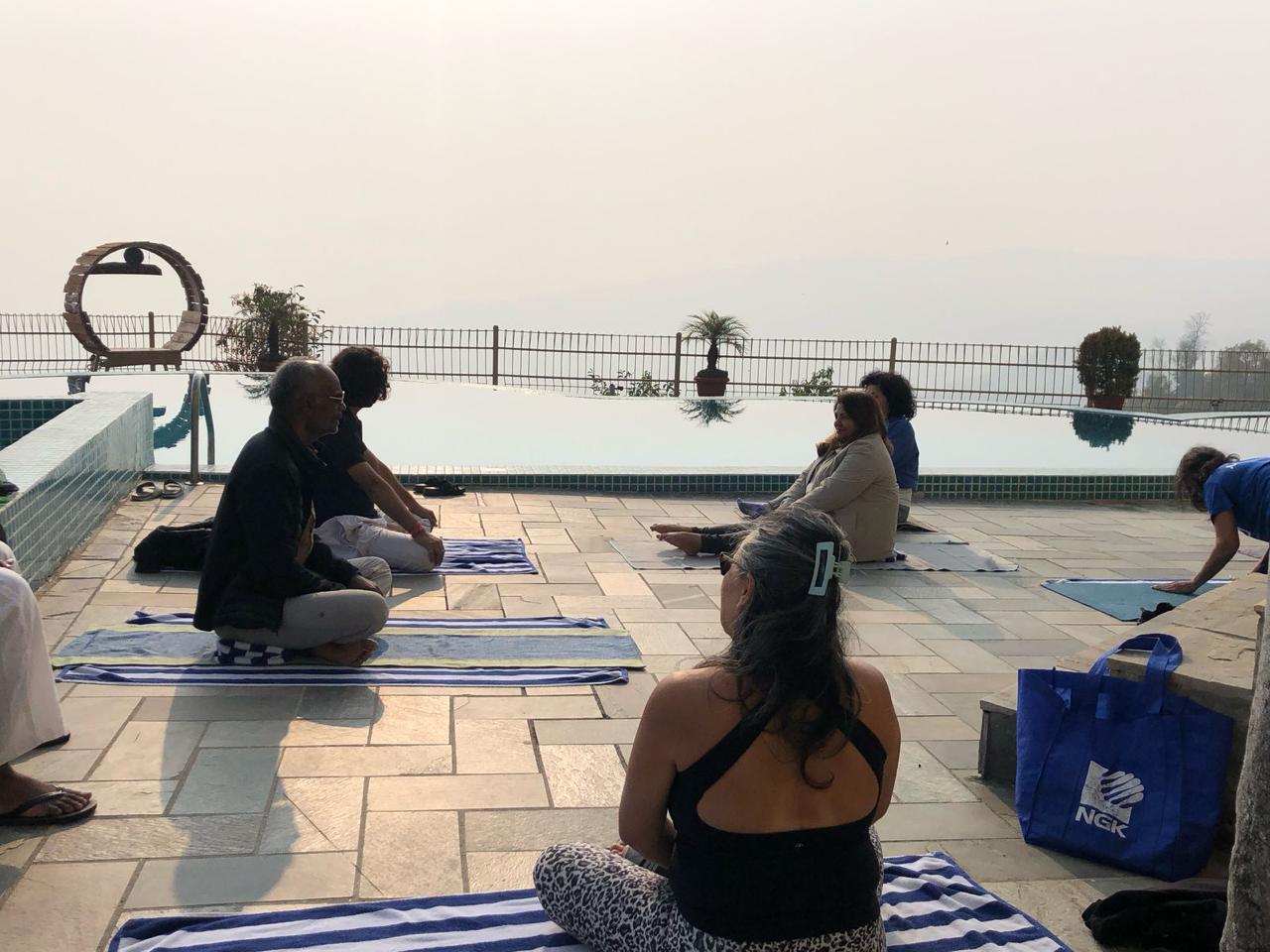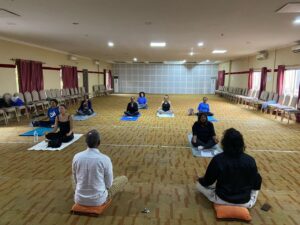Introduction
Ever dreamed of deepening your yoga practice where the sacred Ganges flows at your feet and the mighty Himalayas stand sentinel above? Rishikesh, often hailed as the “Yoga Capital of the World,” offers that once-in-a-lifetime fusion of spirituality, culture, and physical discipline. But with dozens of schools, hundreds of courses, and a kaleidoscope of teaching styles, it can feel overwhelming to pick the perfect program. This guide breaks down each factor—course types, teacher credentials, accommodation options, budget considerations, cultural immersion, and more—so you can zero in on the experience that resonates with your goals, schedule, and personality. Let’s untangle the web, step by step, and help you find a transformative path on your yoga journey.
Why Rishikesh is the Yoga Capital of the World
Rishikesh’s status didn’t happen overnight. For centuries, sages and ascetics retreated to its forested hills to meditate and write foundational yoga texts. In the 1960s, the Beatles’ visit to Maharishi Mahesh Yogi’s ashram catapulted the town into global consciousness. Today, thousands of seekers—from beginners to certified teachers—converge each year, drawn by the palpable spiritual energy. Imagine pre-dawn kirtans (chanting sessions) echoing through temple courtyards, sunrise surya namaskar (sun salutations) on the Ganga’s banks, and guided nature walks along verdant trails. It’s a living laboratory of yogic tradition, blending ritual, philosophy, and community in every breath you take.
Different Styles of Yoga Courses
Ashtanga Yoga
Ashtanga is the embodiment of discipline. You’ll practice a fixed series of poses—Sun Salutations A and B, standing sequences, seated postures—every day, pushing your body to build strength, stamina, and flexibility. The Mysore-style format, where students work at their own pace under a teacher’s guidance, fosters self-reliance and deep focus. If you thrive on routine and welcome a challenge that tests both body and mind, Ashtanga is your match.
Hatha Yoga
Hatha lays the groundwork for all yoga styles, emphasizing alignment, breath control (pranayama), and meditation. Classes typically move more slowly, giving you time to explore each posture’s nuance. If you’re new to yoga, recovering from an injury, or simply seeking a more mindful, introspective practice, Hatha offers a safe, supportive environment to learn fundamentals before advancing to faster-paced flows.
Vinyasa Yoga
Vinyasa is the yoga equivalent of a dynamic dance. Each movement links to an inhale or exhale, creating a flowing sequence that varies by class and teacher. You might find playful transitions, creative peak-posture sequences, or themed flows (like “heart-opening” or “twist-focused”). This style appeals to those who get bored easily or love a cardio element mixed into their yoga.
Kundalini Yoga
Kundalini is the art of energy awakening. Expect a fusion of breathwork (breath of fire), chanting (mantras like “Sat Nam”), physical kriyas (sequences), and deep meditation. The goal is to uncoil the dormant spiritual energy at the base of your spine so it rises through each chakra, leading to heightened consciousness. It’s less about flexibility and more about inner transformation—perfect for spiritual seekers craving depth.
Choosing the Right Style for You
Reflect on your personal tendencies and objectives. Do you enjoy strict schedules and clear benchmarks (Ashtanga)? Or do you prefer gentle discovery of each pose (Hatha)? Maybe your heart longs for creative expression (Vinyasa) or profound spiritual work (Kundalini). Think of your choice like selecting the right vehicle: a sturdy SUV for rugged off-road (Ashtanga), a comfortable sedan for city cruising (Hatha), a convertible for scenic drives (Vinyasa), or a hybrid for both power and eco-consciousness (Kundalini).
Factors to Consider Before You Enroll
Course Duration
Yoga courses in Rishikesh range from intimate weekend retreats (3–5 days) to comprehensive 200- or 500-hour Yoga Alliance–certified programs (one to two months). Shorter retreats provide a rejuvenating escape, ideal if you’re juggling work and travel. Longer trainings immerse you in every facet—from anatomy lectures to Sanskrit chanting—offering a life-changing immersion but demanding more time and financial commitment.
Teacher Credentials
Not all certifications are equal. Look for instructors registered with Yoga Alliance (ERYT200/500) or graduates of established ashrams like Parmarth Niketan, Himalayan Yoga Academy, or Rishikesh Yog Peeth. Read student testimonials and check instructor bios: years of teaching, continued studies, and areas of special expertise (e.g., therapeutic yoga or Ayurveda). A high-caliber teacher not only transmits knowledge but nurtures your confidence and safety, especially in advanced poses.
Accommodation and Facilities
Ashram Meals and Diet
Rishikesh ashrams typically provide three sattvic vegetarian meals daily, prepared fresh with local ingredients. Meals focus on easily digestible grains, legumes, fresh vegetables, and herbal teas. If you’re vegan, gluten-free, or have allergies, verify in advance—some places may accommodate, while others adhere strictly to traditional menus.
Rooms and Amenities
From dorm-style halls with shared bathrooms to private cottages with en-suite facilities, Rishikesh offers a spectrum. Basic dorms foster community bonding but expect simple amenities—cold showers, no AC, and occasional power cuts. Private rooms offer comfort—hot water, mosquito nets, Wi-Fi—but at a higher fee. Choose based on your tolerance for rustic charm versus modern convenience.
Budget and Fees
Hidden Costs
Upselling extras—airport pickups, local excursions, Ayurvedic massages, or certification processing fees—can add 10–30% to the advertised course cost. Clarify exactly what’s included: number of yoga classes, meals, lodging, certification paperwork, and any local taxes.
Payment Methods
Secure your spot with partial deposits via bank transfer, PayPal, or credit card. The balance is often paid in cash on arrival. Confirm cancellation and refund policies—monsoon-season bookings may be more flexible, while peak-season slots often have strict no-refund clauses.
Curriculum and Teaching Approach
Practical vs. Theoretical Balance
A robust program blends hands-on practice with academic learning. Expect anatomy workshops explaining the musculoskeletal system, philosophy lectures exploring Patanjali’s Yoga Sutras, and Sanskrit classes to chant mantras authentically. If you envision teaching others someday, a healthy dose of theory is non-negotiable; if your aim is purely personal growth, ensure enough mat time to solidify your practice.
Meditation and Philosophy
Daily guided meditations, mantra chanting sessions, and Vedanta discussions help ground your practice in its original spiritual context. Some schools integrate sunrise meditation on the Ganga’s ghats, full-moon kirtans in temple courtyards, or forest walks infused with mindful awareness exercises—each enriching your journey beyond asanas.
Certifications and Accreditation
Yoga Alliance Standards
Yoga Alliance–registered schools adhere to minimum curriculum requirements: a 200-hour course must include 100 hours of techniques, 25 hours of anatomy and physiology, 30 hours of teaching methodology, 20 hours of yoga philosophy, and 10 hours of practicum. Holding an RYT-200 or RYT-500 credential ensures your certification is globally recognized, easing your path to teaching workshops or opening a studio abroad.
Community and Cultural Experience
In Rishikesh, yoga isn’t siloed in air-conditioned studios—it spills into every aspect of life. You’ll join communal aarti ceremonies on the riverbank, celebrate Diwali or Holi with local families, and share stories around bonfires with new friends. Volunteer opportunities—like teaching yoga to underprivileged children or planting trees—deepen your bond with the community and leave a positive footprint.
Health, Safety, and COVID-19 Guidelines
Even in this tranquil town, unexpected health hiccups can occur. Ensure your program includes routine health checkups, access to first-aid and local hospitals, and clear emergency procedures. As of 2025, most schools follow standard COVID-19 precautions—vaccination checks, occasional rapid tests, and enhanced cleaning protocols—but always confirm current requirements before departure. Carry basic medicine: rehydration salts, common cold remedies, and personal prescriptions.
Booking Tips and Best Time to Go
Rishikesh’s high season—March to May (spring) and September to November (autumn)—offers ideal weather, full schedules, and vibrant festivals (e.g., Ganga Dussehra). However, prices peak and classes fill quickly. The monsoon season (June to August) brings lush greenery, fewer tourists, and discounted rates, but heavy rains can disrupt outdoor sessions. Winter (December to February) delivers crisp mornings—perfect for fireside yoga—but requires warmer clothing and heated rooms.
What to Pack for Your Rishikesh Trip
Pack light, breathable cotton or bamboo clothing; a lightweight shawl or hoodie for early mornings; sturdy flip-flops or slip-ons; a reusable water bottle with filter; basic toiletries; UV-blocking sunglasses; a wide-brimmed hat; and a journal for reflections. While most schools provide mats, bringing your own non-slip mat ensures hygiene and comfort. Don’t forget a small backpack for weekend excursions to waterfalls or temples.
After Your Course: Continuing Your Practice
Returning home, maintain momentum by setting realistic goals: a 20-minute daily practice, a weekly workshop, or an online accountability group. Many Rishikesh schools offer online alumni classes and mentorship. You could form a local practice circle, host mini-retreats, or pursue advanced certifications. Remember: yoga is a lifelong journey—let the seeds planted in Rishikesh blossom wherever you are.
If you’re looking for a highly personalized, small-group teaching environment with expert instructors, check out EMW YOGI for immersive retreats and comprehensive teacher trainings at [https://emwyog.com/].
Conclusion
Choosing the right yoga course in Rishikesh demands thoughtful research and honest self-reflection. By aligning your objectives—whether physical mastery, spiritual exploration, or a path to teaching—with the style, duration, budget, and community vibes that resonate with you, you pave the way for an experience that transforms body, mind, and soul. Embrace the journey, trust the process, and let the Ganges guide your practice beyond the mat.
FAQs
1. What’s the ideal course length for beginners?
Most beginners benefit from a 7- to 14-day immersion. This window allows enough time to learn foundational postures, develop a meditation habit, and acclimate to the ashram lifestyle without feeling overwhelmed.
2. Do I need prior yoga experience?
Absolutely not. Many Hatha and Vinyasa programs welcome complete novices and gently introduce you to breathwork, basic asanas, and meditation techniques. Just communicate your level honestly when booking.
3. Are Yoga Alliance certifications recognized globally?
Yes. A 200-hour RYT (Registered Yoga Teacher) certification from a Yoga Alliance–accredited school in Rishikesh holds weight in studios worldwide, making it easier to secure teaching positions or lead retreats abroad.
4. How much does a typical 200-hour course cost?
Fees typically range from USD 1,000 to 3,000, depending on accommodation quality, included meals, excursion packages, and the school’s reputation. Always verify what’s covered and budget for extras.
5. Can I extend my stay if I want more time?
Most schools allow you to extend by enrolling in additional workshops or repeating modules. Simply check ahead for availability and additional fees to avoid disappointment.



